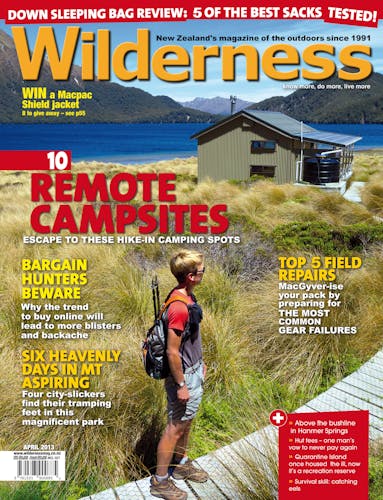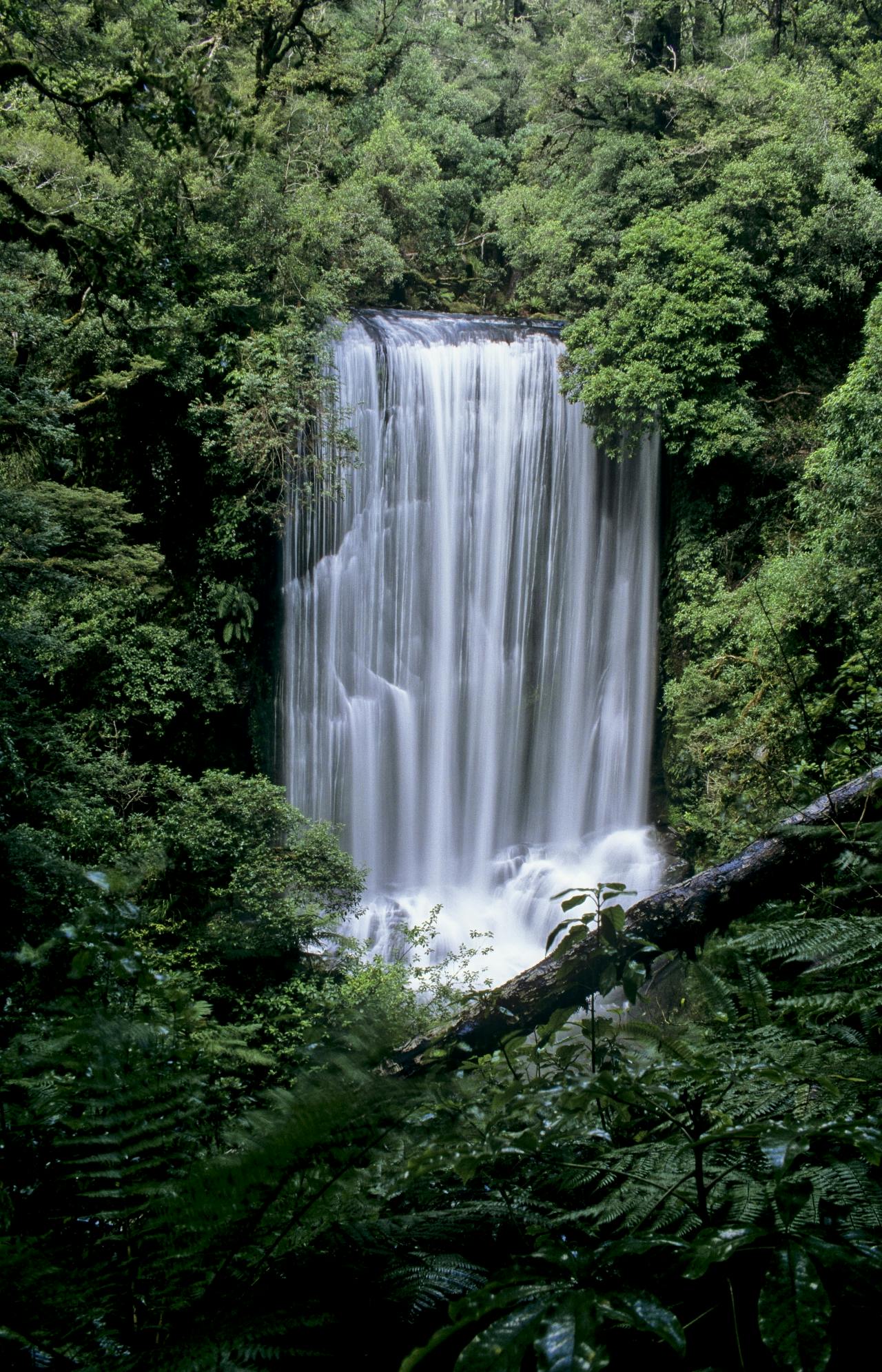Three places to see spectacular cascades
Venezuela’s 979m Angel Falls are the undisputed queen of waterfalls. Although local Indians had long known about them, it was not until American explorer Jimmy Angel ‘discovered’ them in the 1930s that they became famous as the world’s tallest waterfall.
With its often sheer, mountainous topography, New Zealand has more than its fair share of waterfalls too, including some – all in Fiordland – that rate among the highest on the planet.
One of the compensations of walking the Milford Track during a rainy spell is the abundance of waterfalls spilling down innumerable rock faces, with the highlight often being the Sutherland Falls. Falling in three tiers, the famous falls were named after pioneering guide and explorer Donald Sutherland, once known as the hermit of Milford Sound. When first discovered by Sutherland in 1880, the falls were for a while thought to be the highest in the world, but the height was an over-estimate, and since then other discoveries have diminished their ranking. Even so, at 580m Sutherland Falls have for numerous decades been considered to be New Zealand’s highest. However, recent doubt on this claim have surfaced.
The World Waterfall Database now lists other waterfalls in Fiordland as higher. The site rates Browne Falls as New Zealand’s highest, even ranking it 10th in the world. As the falls cascade from a high alpine tarn, Lake Browne at 828m, all the way into Doubtful Sound, their logic seems sound – although the fall’s height given on the website, 836m, is at odds with the 828m shown on topo maps. Both the lake and falls are named after photographer Victor Browne.
Aalthough Browne Falls might be higher, the relatively sedate angle of its several cascades makes them a much-less impressive sight than the steeper three-tier Sutherland Falls. So is Browne really a continuous waterfall? At the heart of the matter is steepness. When does the angle of a cascade become steep enough to be considered a true waterfall? And for how much of its length does a waterfall have to sustain this steepness? Te Ara, New Zealand’s online encyclopaedia, offers this explanation: ‘One definition is that a true waterfall has free-falling water. Others include water that flows downhill fast over bedrock – a phenomenon that many would define as a cascade.’
By that definition, Sutherland Falls probably still hold the New Zealand record.
Waterfalls occur in plenty of less precipitous terrain than Fiordland. Many tumble in a thin dribble, some cascade tidily like a curtain, while others seem to haphazardly fall over a cliff with the exuberance of a living thing in a great hurry. It’s one of the joys of tramping to watch spume as it plunges downwards, counting the seconds that elapse until it hits the bottom.
Korokoro Falls, Te Urewera National Park
Forming an almost-perfect curtain, these falls encountered on the Lake Waikaremoana Great Walk certainly rate as some of the country’s most attractive, even if they plunge only a modest 22m. Reached on a 30-minute sidetrack from the main trail, the falls can also be approached after kayaking across the lake from Aniwaniwa.
Saxon Falls, Kahurangi National Park
The mighty Karamea River begins as a slender beast in the mountains surrounding the Wangapeka Track. Saxon Falls, the most significant falls on the entire river, are reached on a deviation off the Wangapeka Track near the site Brough’s Tabernacle. Alternatively, the falls can be approached from the track west of Trevor Carter Hut, where a short scramble up the boulderly Karamea River leads to the base of the falls. You’ll soon hear the roar.
Sutherland Falls, Fiordland National Park
Reaching the Sutherland Falls requires a diversion off the four-day Milford Track. On the third day, after crossing Mackinnon Pass, leave your pack in the shelter provided near Quintin Hut. Allow 90-minutes return trip to the base of the falls, then it’s a further hour onto Dumpling Hut. After heavy rain, reaching the base of the falls is near impossible unless you’re prepared for a water blasting.








